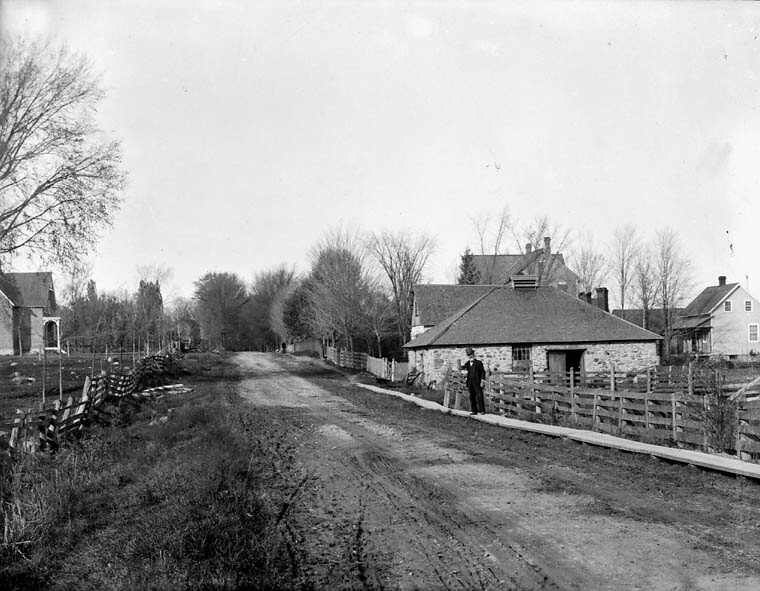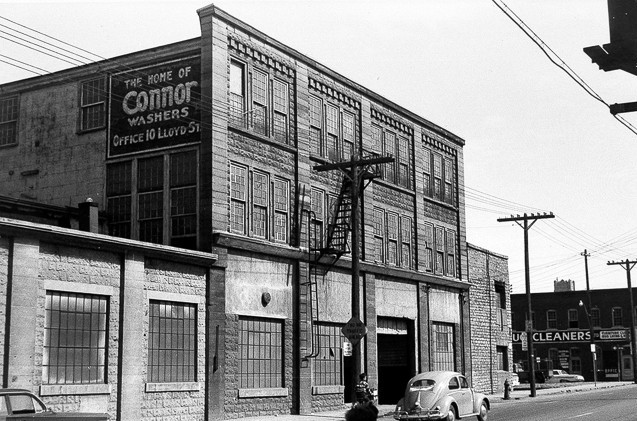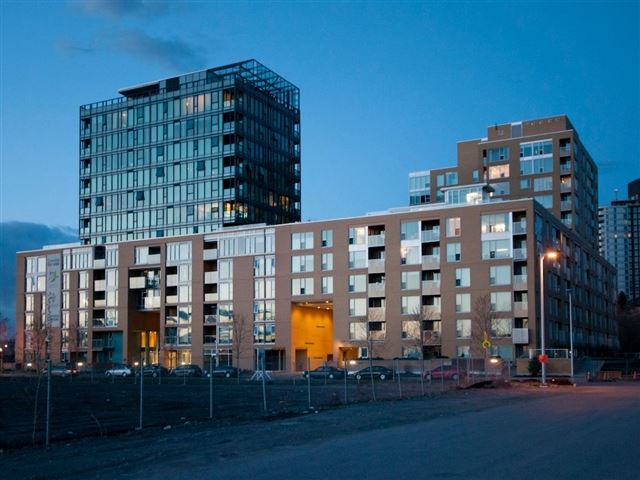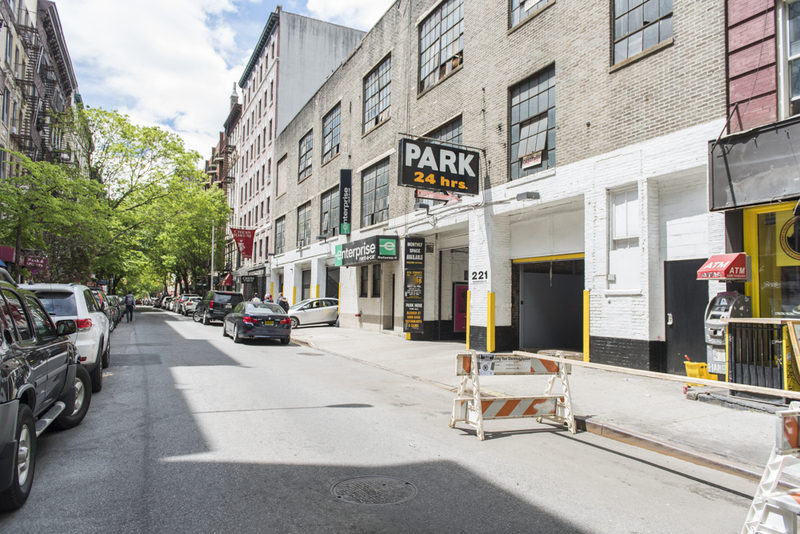Ottawa is a remarkable city that invites exploration with its beautiful architecture, landmarks, and green parks. Have you ever wondered about the names of the streets you walk on? For instance, Ottawa has over 10,000 unique streets, and their number keeps growing. Many streets are named after notable individuals and other important elements.
Ottawa Future provides more insights into these streets and highlights the significant contributions these figures made to the development of Canada’s capital.
Ahern Avenue
Ahern Avenue is named after Thomas Ahearn. His life story is quite fascinating. Born into the family of an Irish blacksmith working on the famous Rideau Canal, Ahearn founded an electric company in Ottawa at the age of 32 in 1887, gathering investors to bring the first streetlights to the city.
His next big achievement was the introduction of Ottawa’s first electric streetcar. His company later began producing electric transportation beyond the region. Ahearn became Ottawa’s first millionaire, a prominent utility tycoon, and innovator. His inventions included the electric stove, installed in the Windsor Hotel, and the electric car.
Ahearn’s contributions to Ottawa are immense. He was the president of nine companies and utility services and held patents for 11 Canadian inventions. The street named after him and a monument erected in his honor serve as a lasting testament to his legacy.
Billings Avenue
Billings Avenue is named after Braddish Billings, one of Ottawa’s early settlers, whose path to success was difficult and risky. At 27, he had nothing but debts and poverty. His first step was acquiring and cultivating a 1,500-acre plot of land. Through hard work, he became a powerful and influential figure in Ottawa, with his farm supporting five generations.
His legacy includes the “Billings Bridge,” sawmills, roads, and railroads. Billings rose from poverty and built a significant economic force in the region.

Booth Street
Booth Street is named after one of Canada’s most renowned lumber barons, John Rudolphus Booth. He arrived in Ottawa in the 1850s, seeking better opportunities. His first major success came when he secured a contract to supply lumber for the construction of Canada’s new parliament building, sparking further business ventures and investments. Booth’s factories produced record amounts of lumber, and he eventually built a railway system, owning the Canadian Atlantic Railway. Initially intended for transporting lumber, Booth expanded it to include passenger and freight services.
John Booth was also one of Ottawa’s most generous philanthropists. He regularly donated to charitable institutions and was one of the founders of St. Luke’s Hospital.

Holland Avenue
Holland Avenue was named after the Holland family and their contribution to Ottawa’s development. The family owned a land development company and later joined forces with Thomas Ahearn to form the Ottawa Land Association. The Hollands were also known for founding one of Ottawa’s first cinemas, which was a great source of entertainment for the city’s residents.
Lett Street
Lett Street is named after William Lett, who gained recognition as a journalist, writer, and poet. In 1849, the Lett family moved to Ottawa, a fact that William documented in his historical poem, Memories of Bytown and its Old Inhabitants.
William Lett later became the editor of the Ottawa Advocate newspaper and wrote poetry and prose. In 1850, he founded a dramatic club, contributing to the city’s cultural scene.

Lewis Street
Lewis Street is named after John Lewis, who became one of Canada’s most skilled lawyers during the time of Confederation. He was elected a councilor in Bytown’s first elections, and in 1848, he became the mayor. When Bytown was renamed Ottawa, Lewis became the city’s first mayor and served until 1857.
A significant moment in Ottawa’s history occurred during his tenure as mayor, when he signed a petition to the Queen asking for Ottawa to be made the capital of Canada. The Queen approved the decision during John Lewis’s time in office.
Thompson Street
Thompson Street is named after Philip Thompson, who arrived in Bytown in 1838 and quickly made a mark on the city’s history. He started trading flour and built mills and lumber factories, remembered as “Thompson Mills.”
Thompson’s enterprises included sawmills, grain mills, a cloth factory, and a woolen mill, forming an industrial empire that he owned until 1860. He later sold his businesses to local magnates like Booth, Bronson, and McKay. The street bearing his name is a tribute to his contributions to the city’s development.

Street Naming Process
The process of naming streets involves many considerations, including phonetic similarity to existing street names. This is essential to ensuring that emergency services, like police or ambulances, can quickly locate addresses without confusion.
Ottawa has an interesting tradition of replacing old street signs. These old signs are made available for purchase, giving residents and visitors the chance to own a piece of the city’s history.